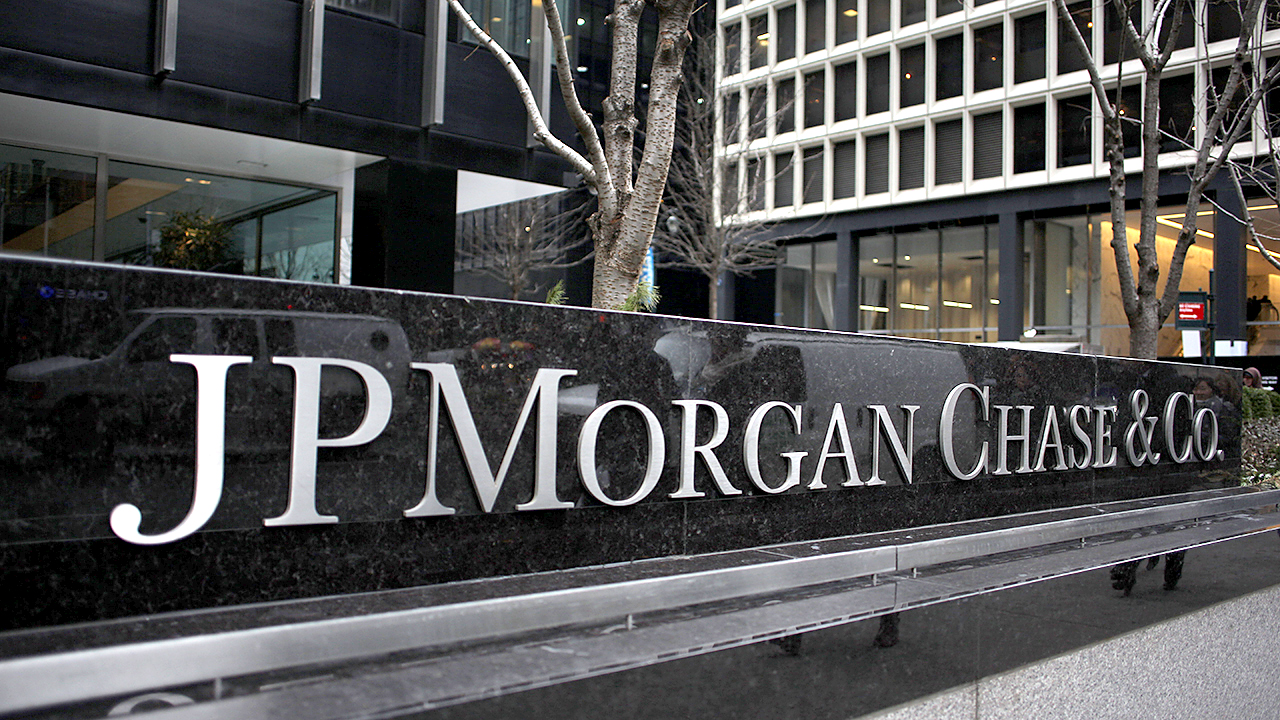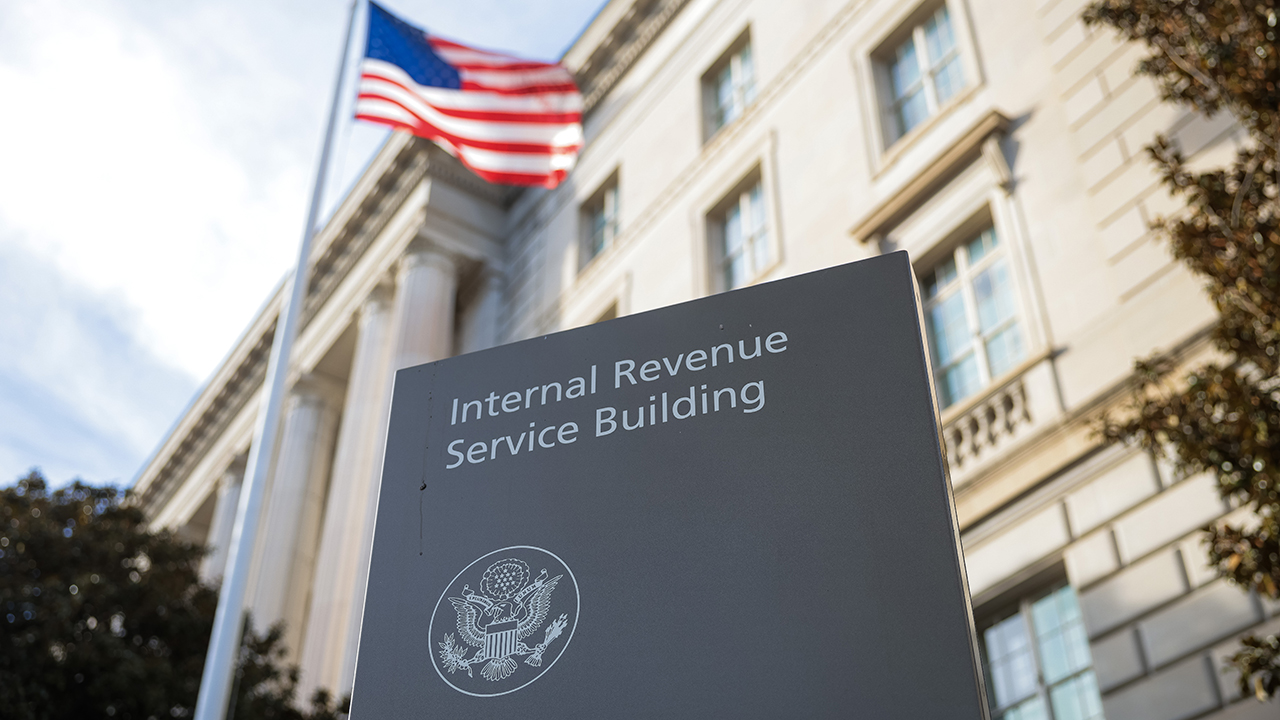Empowering a Greener Future: How Branding is Transforming the Sustainability Sector


As the global focus on climate change intensifies, companies across Europe are navigating an urgent shift toward sustainability. For businesses operating in green energy, circular production, and low-impact innovation, it’s no longer enough to simply be sustainable — they must communicate sustainability effectively. That’s where strategic branding comes in. With the right brand strategy, sustainability-focused businesses can amplify their impact, attract like-minded partners, and lead the charge toward a greener, more responsible economy.
The Rise of Purpose-Driven Brands in Sustainability
Today’s B2B and B2C markets are dominated by conscious consumers and investors who expect transparency, ethical sourcing, and climate-positive action. According to a Nielsen report, 73% of global consumers would change their consumption habits to reduce environmental impact. For sustainability-focused businesses, this presents a powerful opportunity to stand out — but also a serious challenge. How do you position your brand in a market where every competitor is claiming to be “green”?
Authentic storytelling, consistent messaging, and clear visual identity are crucial to gaining trust. Brands must go beyond buzzwords and show measurable impact, supported by real data and certifications. This is where the importance of intentional branding cannot be overstated.
Good branding isn’t just about logos and taglines — it’s about influence. Companies that invest in branding as a strategic asset have a unique ability to shape public opinion, attract investors, and influence policy. Whether it’s a clean-tech startup developing carbon capture systems or a global logistics company investing in electric fleets, their ability to communicate their impact defines their success.
Moreover, sustainability branding helps businesses create stronger internal cultures. When a brand is rooted in purpose, it becomes easier to engage employees, unify stakeholders, and maintain mission-driven focus.
The Unique Role of B2B Branding in the Green Economy
While B2C sustainability marketing often focuses on emotional appeals and lifestyle alignment, B2B branding in the sustainability space requires a different approach. Business buyers are driven by long-term value, compliance needs, and measurable outcomes. A clean energy supplier, for instance, must convince municipalities or industrial clients not just of their values — but of their performance.
This is why B2B branding services are essential. They help renewable and sustainable businesses align their messaging with stakeholder expectations, industry standards, and ESG frameworks. Strong B2B branding ensures that companies are not just perceived as green — but as reliable, scalable, and forward-thinking.
Case in Point: Renewable Energy Marketing Done Right
One shining example of the power of branding in the sustainability sector lies in the fast-growing renewable energy space. With wind, solar, and bioenergy companies multiplying across Europe, the competition to secure funding, land permits, and partnerships is intense. Companies that invest in strategic renewable energy marketing focusing on investor education, public trust, and impact metrics, tend to lead the pack.
The key elements? Tailored messaging for different stakeholders, compelling data visualization, user-friendly digital platforms, and a consistent tone of voice that reinforces their commitment to sustainability goals.
Avoiding Greenwashing: Transparency as a Branding Imperative
One of the major challenges in sustainability branding today is the risk of greenwashing. With increasing regulatory scrutiny (such as the EU Green Claims Directive), businesses can no longer afford to make unsubstantiated environmental claims. Trust is earned through transparency.
This means brands must be ready to share their sustainability reports, lifecycle assessments, and third-party certifications openly. The most respected sustainable companies are those that acknowledge their challenges, celebrate progress, and invite collaboration — not those that paint an unrealistically perfect picture.
Looking Ahead: What the Future Holds
As the green economy continues to evolve, branding will remain a key differentiator for companies in this space. From climate tech to sustainable fashion, from EV infrastructure to agri-tech, businesses that make strategic branding a core part of their growth strategy will be better positioned to scale, influence, and innovate.
In the coming years, we can expect to see deeper integration between branding, data analytics, and ESG compliance. Visual dashboards, immersive storytelling experiences, and interactive reporting tools will become essential parts of the brand toolkit for sustainability-focused companies.
Conclusion
Branding in the sustainability sector is not just about standing out — it’s about standing for something. Businesses that align their brand strategy with their environmental mission are not only more likely to succeed in the marketplace, they also play a crucial role in shaping a sustainable future for us all.
The post Empowering a Greener Future: How Branding is Transforming the Sustainability Sector appeared first on European Business & Finance Magazine.














































